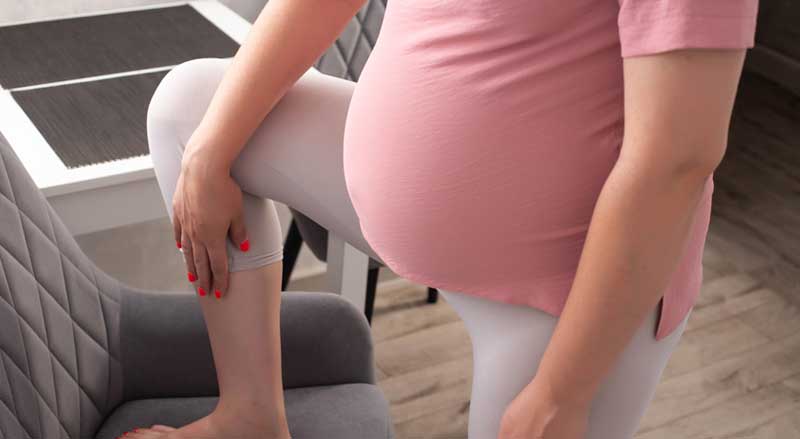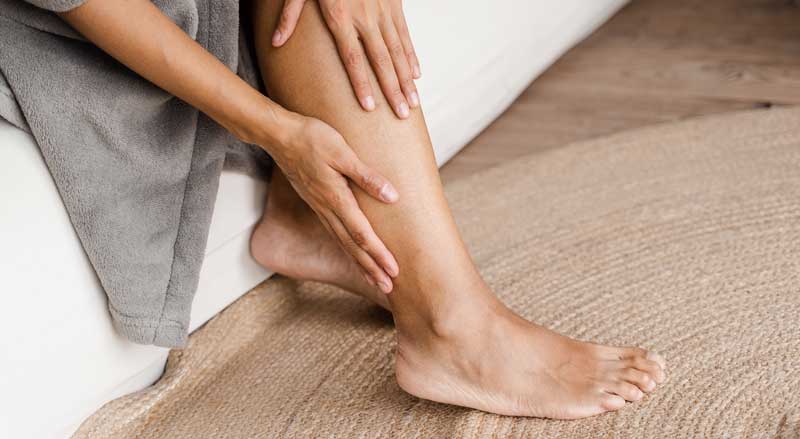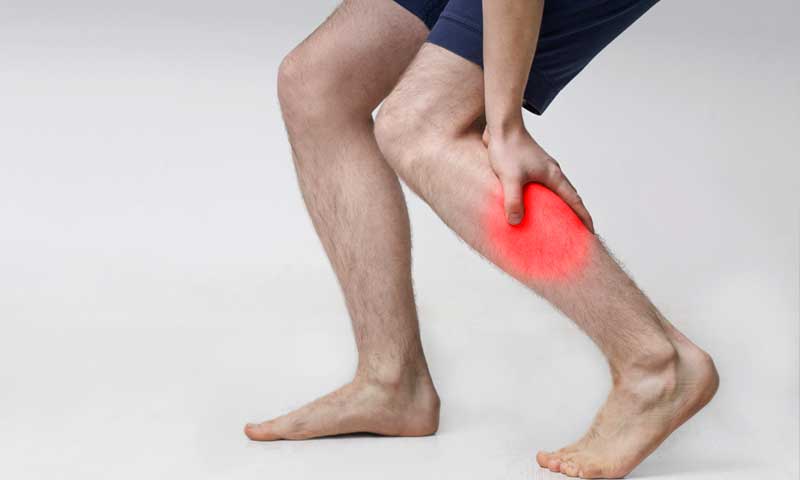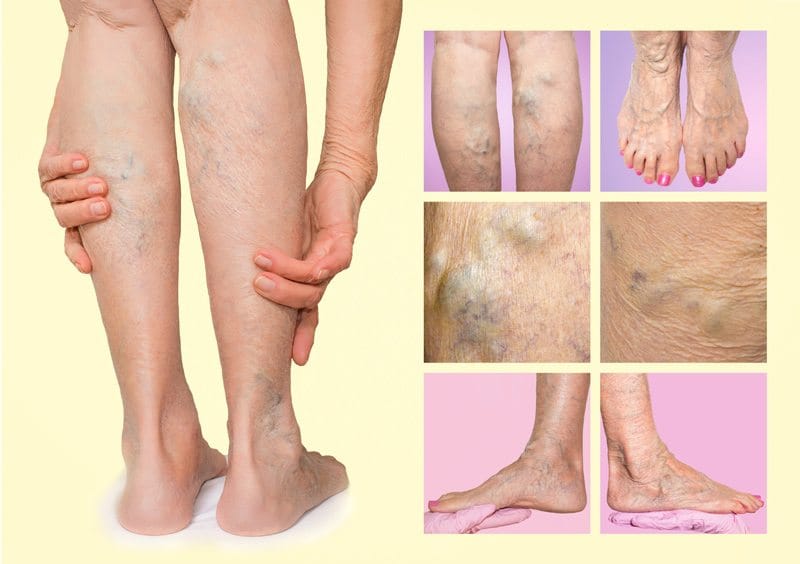Fluctuating hormone levels caused by pregnancy, birth control pills, hormonal treatments, and aging, can play havoc with vein health. Hormonal imbalances of progesterone and estrogen can lead to many physical problems, including the development or worsening of varicose veins. Can...







